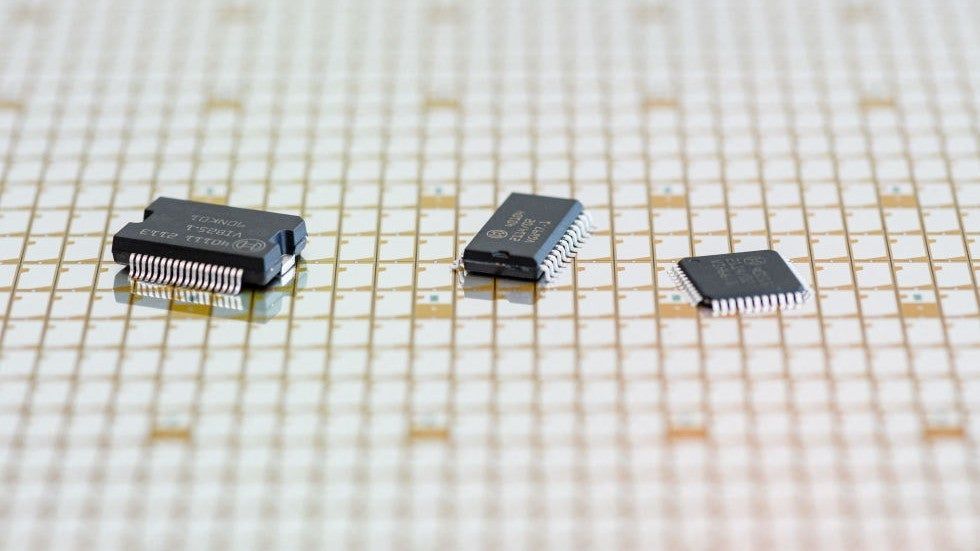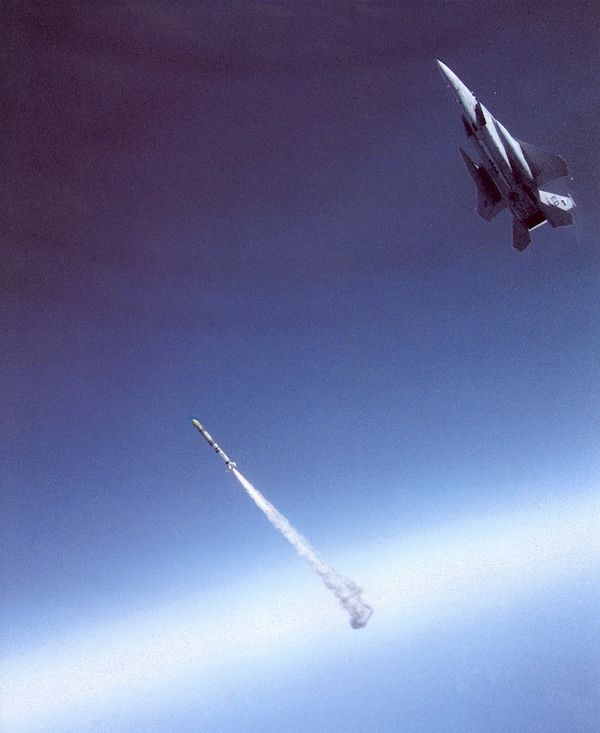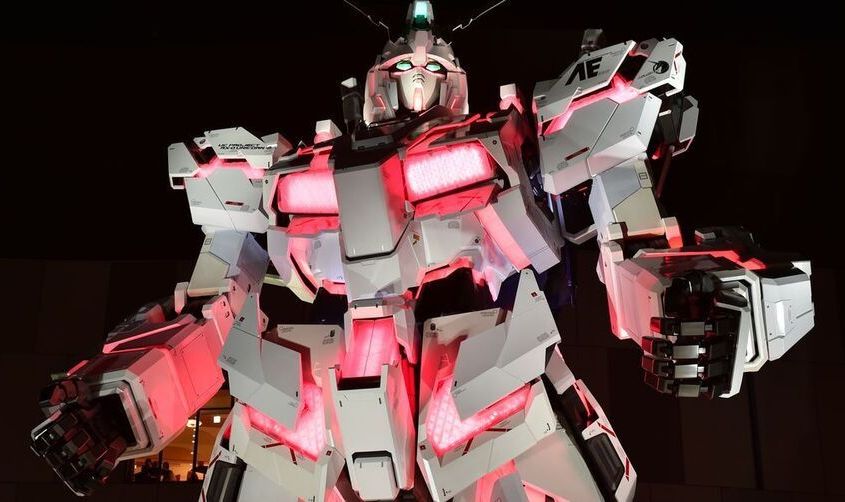Russian military intelligence tied to the group Fancy Bear are using brute force techniques to infiltrate the networks of government and private sector organizations, a joint advisory from US and UK cybersecurity agencies said.



Starting next year, the US military’s Special Operations Command (SOCOM) will start to test out an experimental pill that it says can actually stave off the effects of aging on soldiers.
The experiment, Breaking Defense reports, is part of a push to augment human ability and keep combatants healthy and operating at peak performance for longer. And, pending successful performance and clinical tests, it could make its way out into the public as a new longevity treatment for the masses as well.
“These efforts are not about creating physical traits that don’t already exist naturally,” SOCOM spokesperson and Navy Commander Tim Hawkins told Breaking Defense. “This is about enhancing the mission readiness of our forces by improving performance characteristics that typically decline with age.”

SOCOM is using Other Transaction Authority (OTA) funds to partner with private biotech laboratory Metro International Biotech, LLC (MetroBiotech) in the pill’s development, which is based on what is called a “human performance small molecule,” he explained.
“These efforts are not about creating physical traits that don’t already exist naturally. This is about enhancing the mission readiness of our forces by improving performance characteristics that typically decline with age,” Hawkins said. “Essentially, we are working with leading industry partners and clinical research institutions to develop a nutraceutical, in the form of a pill that is suitable for a variety of uses by both civilians and military members, whose resulting benefits may include improved human performance – like increased endurance and faster recovery from injury.”
Hawkins said SOCOM “has spent $2.8 million on this effort” since its launch in 2018.

Fortunately, automakers, suppliers and government leaders are examining things like electric vehicles and where batteries and other parts come from as they push for North American production. The Department of Energy has released a National Blueprint for Lithium Batteries, and a plan to support the domestic battery production to meet growing needs as people go back to work and school in the fall.
It is tempting to see the chip storage problem as just a technology story. But it also has real-world implications for our national security as so much of defense relies on computers and communications in the era of modern warfare.
As Americans celebrate our independence, we have to re-commit to being independent when it comes to reliance on others for goods and services that fuel our lives. We can’t make everything at home, but we can make more and ensure that disruptions abroad don’t reverberate, negatively, at home. As Congress continues to debate infrastructure and other major legislation, and the COVID-19 pandemic retreats, we will need to work together to ensure that we are prepared for whatever 2022 might bring.

The first five payloads from the Space Development Agency, an organization charged with rapidly infusing emerging technologies into the U.S. military’s space programs, are among more than 80 satellites awaiting launch from Cape Canaveral Tuesday on a SpaceX Falcon 9 rocket.
Established in 2019, the Space Development Agency plans to deploy hundreds of small satellites to enable improved communications for the U.S. military. SDA’s strategy leans on the rapid development of new commercial space technology, including new types of sensors and cheaper, easier-to-produce small satellites that can be deployed in large constellations in low Earth orbit.
SDA plans to launch the first tranche of 28 satellites to provide initial infrared missile detection and low-latency data relay services in late 2022 and early 2023. Twenty of those satellites, part of the “transport layer,” will be developed by Lockheed Martin and York Space Systems for communications support. The other eight “tracking” satellites will be supplied by SpaceX and L3Harris for missile detection and tracking.
The artificial intelligence revolution is just getting started. But it is already transforming conflict. Militaries all the way from the superpowers to tiny states are seizing on autonomous weapons as essential to surviving the wars of the future. But this mounting arms-race dynamic could lead the world to dangerous places, with algorithms interacting so fast that they are beyond human control. Uncontrolled escalation, even wars that erupt without any human input at all.
DW maps out the future of autonomous warfare, based on conflicts we have already seen – and predictions from experts of what will come next.
For more on the role of technology in future wars, check out the extended version of this video – which includes a blow-by-blow scenario of a cyber attack against nuclear weapons command and control systems: https://youtu.be/TmlBkW6ANsQ
Subscribe: https://www.youtube.com/user/deutschewelleenglish?sub_confirmation=1
For more news go to: http://www.dw.com/en/
Follow DW on social media:
►Facebook: https://www.facebook.com/deutschewellenews/
►Twitter: https://twitter.com/dwnews.
►Instagram: https://www.instagram.com/dwnews.
Für Videos in deutscher Sprache besuchen Sie: https://www.youtube.com/dwdeutsch.
#AutonomousWeapons #ArtificialIntelligence #ModernWarfare

And they say computers can’t create art.
In 1642, famous Dutch painter Rembrandt van Rijn completed a large painting called Militia Company of District II under the Command of Captain Frans Banninck Cocq — today, the painting is commonly referred to as The Night Watch. It was the height of the Dutch Golden Age, and The Night Watch brilliantly showcased that.
The painting measured 363 cm × 437 cm (11.91 ft × 14.34 ft) — so big that the characters in it were almost life-sized, but that’s only the start of what makes it so special. Rembrandt made dramatic use of light and shadow and also created the perception of motion in what would normally be a stationary military group portrait. Unfortunately, though, the painting was trimmed in 1715 to fit between two doors at Amsterdam City Hall.
For over 300 years, the painting has been missing 60cm (2ft) from the left, 22cm from the top, 12cm from the bottom and 7cm from the right. Now, computer software has restored the missing parts.

“We’re excited to share that AWS has acquired Wickr, an innovative company that has developed the industry’s most secure, end-to-end encrypted, communication technology,” Stephen Schmidt, Amazon Web Services’ vice president, wrote. With a nod to the company’s ever-deepening relationships with the military, and Washington in general, Schmidt added that Wickr’s features give “security conscious enterprises and government agencies the ability to implement important governance and security controls to help them meet their compliance requirements.” Schmidt himself has a background in this space: his LinkedIn profile notes he spent a decade at the FBI.
Wickr’s app — like secure messaging competitor Signal — has been popular with journalists and whistleblowers; it’s also been a go-to for criminals, Motherboard notes. It’s unclear if the proximity to the tech monolith will impact the app’s popularity for free users.
In Amazon’s case, Schmidt indicates the acquisition was at least partially influenced by the need to preserve information security while working remotely. “With the move to hybrid work environments, due in part to the COVID-19 pandemic, enterprises and government agencies have a growing desire to protect their communications,” he wrote.

In September 1983, the CIA’s Directorate of Intelligence produced a report: “Soviet Satellite Defense Against the US Miniature Vehicle Antisatellite Weapon.” The report stated that “Our estimates of Soviet technological advances and of Soviet perceptions of the ASAT threat indicate a moderate likelihood that the Soviets will develop additional defensives—decoys, electronic countermeasures, and signature reduction—by the late 1990s.”

Scientists have given the all-clear.
A new study from U.S. Army Research Lab (ARL) scientists reveals there’s nothing stopping the military from producing walking combat vehicles—at least from a power perspective, anyway. The research shows legs use essentially the same amount of power as wheels or tracks, so there’s no disadvantage to using them.
In the PLoS ONE study, scientists say both artificial and biological locomotion systems—literally from 1 gram to 35-ton vehicles—have approximately the same power requirements to move a unit of mass over land. Animals or machines using legs, wheels, or tracks use the same amount of energy.